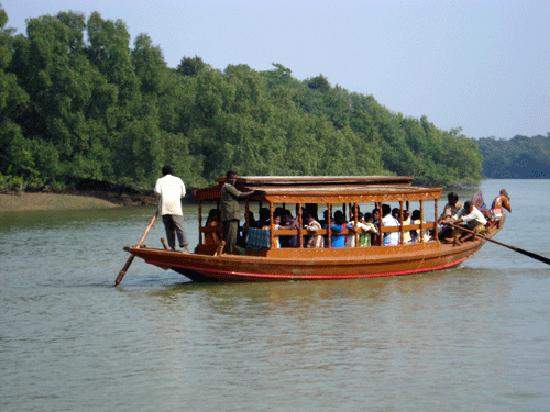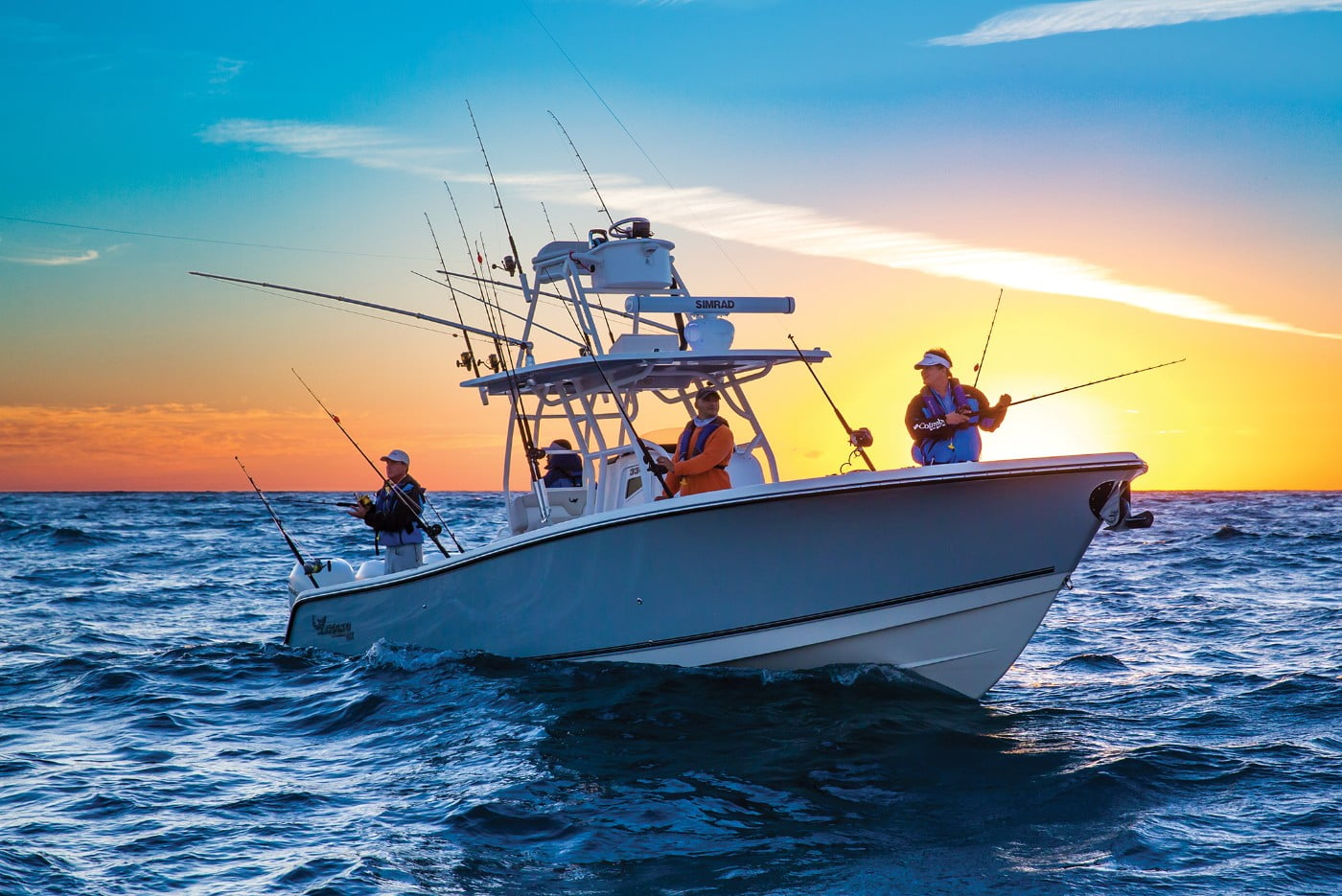Anglers are heading to open water this weekend for the beginning of the fishing season, but just a few weeks ago, a lot of Minnesota’s lakes and rivers had been covered with ice.
It takes a long time for lakes to heat up, and frigid waters may be perilous for boaters.
The Minnesota Department of Natural Resources says sporting a life jacket can make a vital distinction in the possibilities of survival for boaters and anglers who fall overboard into bloodless water.

When humans head out inside the boat this weekend, they are probably tempted to toss a lifestyle jacket in the boat but no longer, without a doubt, position it on. What are the guidelines?
It relies upon how antique you are.
Minnesota regulation requires that all children below 10 put on an existing jacket at the same time as they may be in a ship — or in a kayak or canoe, or on a paddleboard — it truly is shifting. There are multiple exceptions, which include when youngsters are in an enclosed cabin or while they’re on a ship that is anchored for swimming and diving.
Adults are not required to wear a life jacket while they may be at the water. But nation regulation requires boats to have at the least one U.S. Coast Guard-authorized life jacket on board for everyone, and each of these existing jackets needs to be, without problems, reachable.
And even though it’s now not required, it’s still smart for adults to wear existence jackets, too — especially within the springtime. According to facts from the country DNR, extra than 30 percentage of cruising fatalities in Minnesota show up in cold water while the sufferer wasn’t wearing an existing jacket.
Lisa Dugan, a recreation safety outreach coordinator with the department, said people make excuses for now not wearing life jackets regularly because they are saying they recognize how to swim. But especially in frigid springtime water, swimming ability isn’t always sufficient to stay safe.
“Coldwater will incapacitate even the pleasant swimmers, and it makes it extremely tough to position on a life jacket while you’re within the water,” Dugan stated.
Why is cold water so risky?
A fall into bloodless water can turn fatal in several distinctive ways, and not simply because of hypothermia. In truth, maximum bloodless water sufferers die long before they become hypothermic.
Here’s what occurs: Within the primary short while of falling into bloodless water, a person goes into what’s known as a chilly shock reaction. That triggers a reflex to gasp and inhale water. You may begin hyperventilating and panicking. That makes it tougher to stay above water in those first short time.
Within the primary 30 minutes in cold water, a sufferer’s legs and arms quiet down in no time, which makes it very difficult to keep their head above water — even though they may be an excellent swimmer.
Then, after about 30 minutes inside the water, their body’s middle temperature starts to drop, and that’s while they are likely to lose focus.
Wearing a life jacket can notably boom the possibilities of surviving a fall into cold water, Dugan said.
“You’re much more likely to die from drowning than hypothermia,” Dugan stated. “With the life jacket on, it gives you time to get out of that state of affairs, to be rescued or self-rescue, and get returned another day on the water.””
That’s why Dugan recommends wearing an existence jacket any time you are on the water: If there is a life jacket somewhere at the boat, but you are no longer wearing it, it’s simply difficult to attain it and put it on if you’re in an emergency scenario.
What does information informs us about who is carrying life jackets and who’s not?
The DNR says there may be a troubling trend of guys not carrying existing jackets. According to their data, men between the while of 20 and 60 are least in all likelihood among all boaters to put on an existence jacket. They’re additionally the most possibly to drown at the same time as boating.
Also, it’s anglers who’re most usually the sufferers of drowning in cold water, possibly because they’re often out on the lakes and rivers in advance in the spring than different recreational boaters.
Last month, a DNR conservation officer died after falling overboard on a lake in Pine County. DNR coverage requires employees to wear a lifestyle jacket when they may be in a ship, but the officer did now not have one on while he fell over the aspect of the boat.
When buying a life jacket, what must you look for?
Spring is a superb time of 12 months to dig out old life jackets and make sure they still fit and are in the right circumstance. If they need to get replaced, look for life jackets with a “U.S. Coast Guard permitted” label.
If it’s for a child, check the burden and chest-length at the label. Make certain the jacket fits snugly. Don’t purchase one that’s too massive, hoping they’ll develop into it.
A precise way to test if it’s the proper length is to attempt it on, pull up at the shoulders, and make sure the life jacket doesn’t come up over the kid’s fingers, Dugan stated.
It’s an excellent idea for everybody, she said, to attempt on a brand new existence jacket proper in the store, and make certain you want the manner it suits and appears. That’s a specifically big deal for teens; she stated: If they prefer it, they may be much more likely to put it on — and maintain it on.
Dugan said more recent inflatable forms of lifestyle jackets are narrow, trim, and much less cumbersome than vintage fashions.








